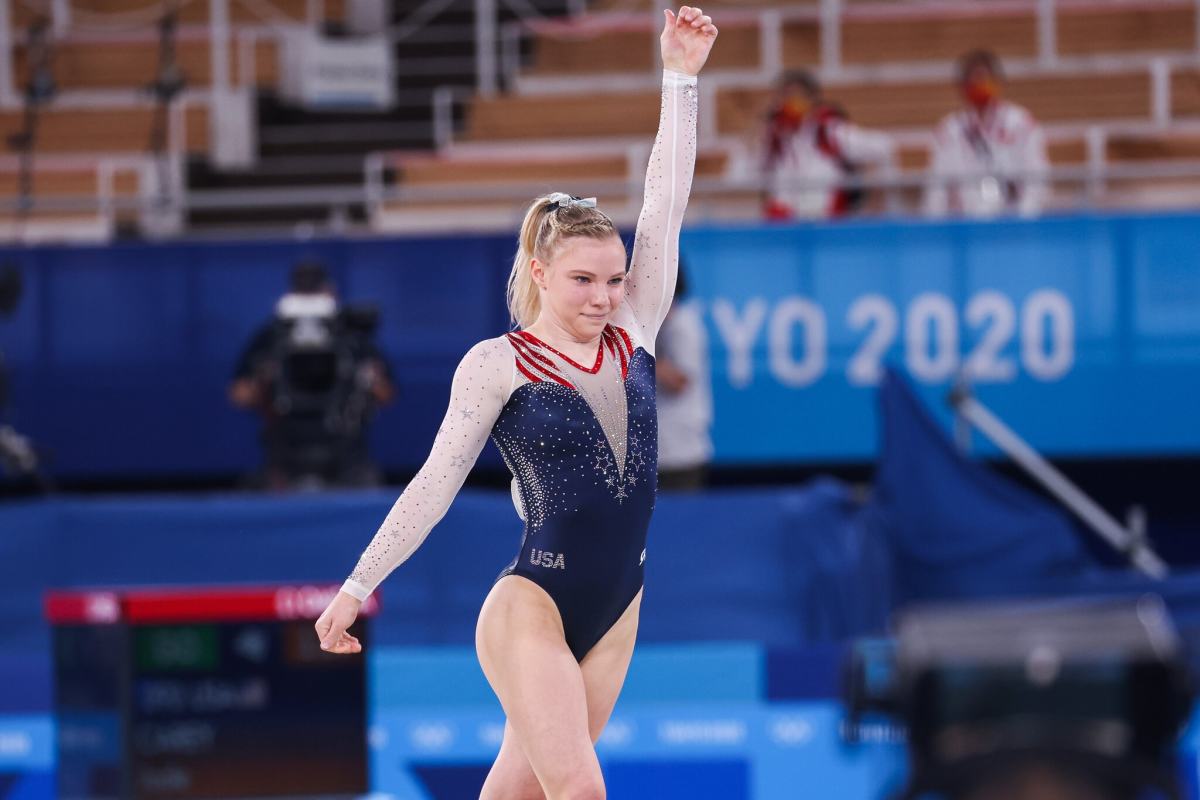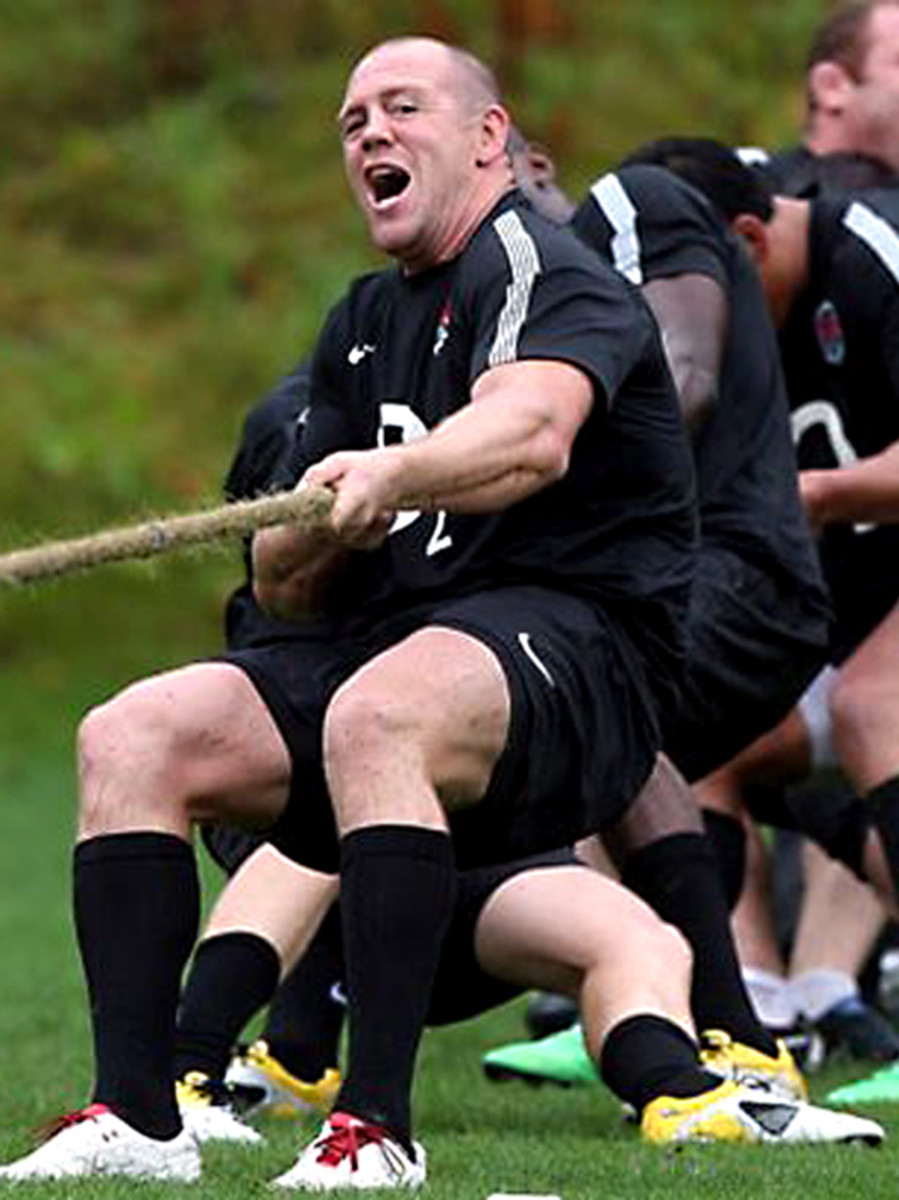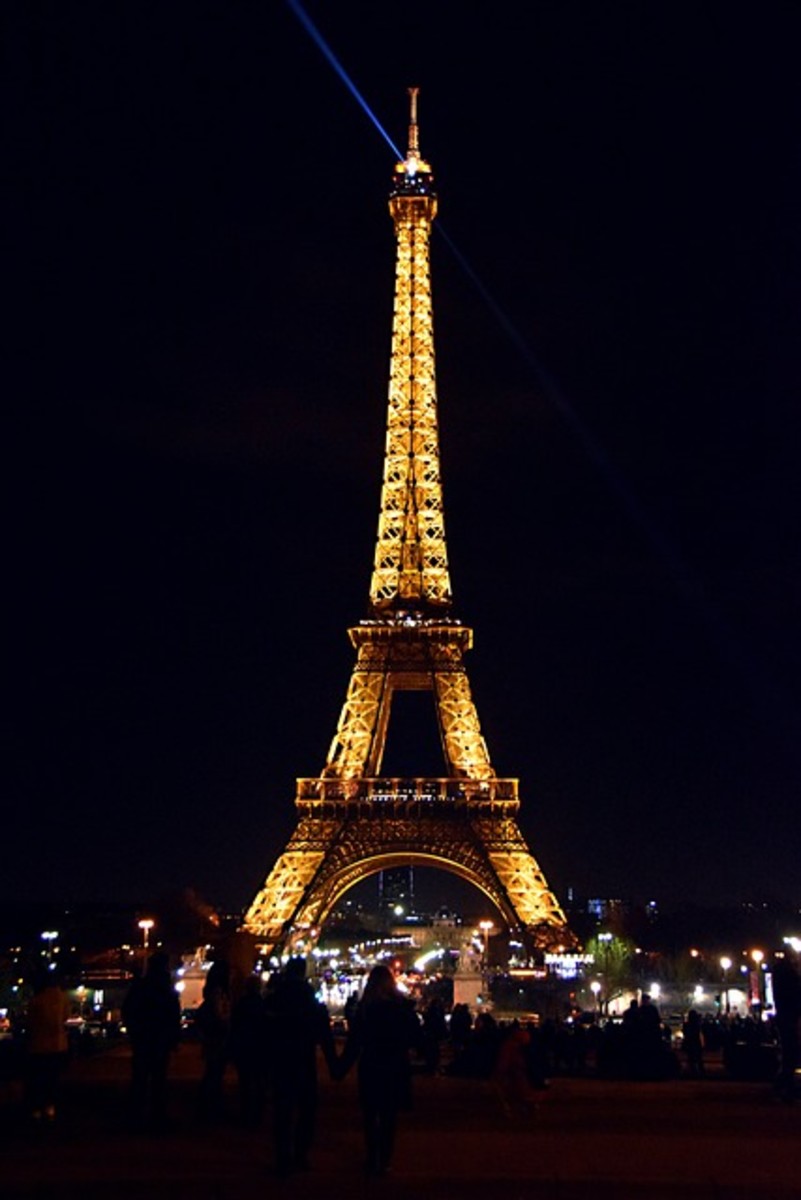Ben Nanasca and Juan Cipriano First Athletes from a Tropical Nation to Compete in Winter Olympics
Athletes From Nations in the Tropics Will be Competing in the Sochi Winter Olympics
On February 7th teams from 88 nations and non-self-governing territories will march with their nations’ flags in the Opening Ceremonies of the 2014 Winter Olympics. This will be the largest number of participating nations in the history of the Winter Olympics.
Much of the increase in the number of participating nations will be due to the number of nations from the tropics who will be competing for the first time.
The Winter Olympics showcase winter sports, which are played on snow and ice. This weather constraint has tended to exclude tropical nations and restrict the games to nations with cold winters.
However, in recent years a number of citizens of tropical nations have been finding ways to train in winter sports and qualify for the winter games despite constraints imposed by their local climate.
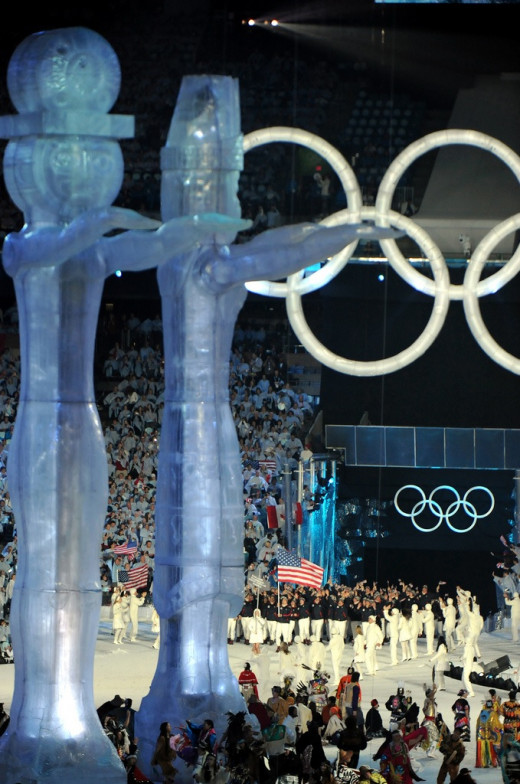
Michael Christian Martinez - Philippine Figure Skater at Olympic Games in Sochi
Among the flags appearing in the opening ceremonies on February seventh will be that of the Republic of the Philippines. A lone athlete, an eighteen year old figure skater named Michael Christian Martinez will be representing the Philippines in the 2014 Winter Olympics in Sochi, Russia.
Growing up in the Manila suburb of Muntinlupa, Martinez was fortunate to live in the metropolitan area of his nation that had the only two ice skating rinks (both with artificial ice and located inside local shopping malls) in the Philippines. While this gave him his start in the sport, he and his mother have had to scrape together the money needed to travel abroad to continue his training and to compete.
While Michael Christian Martinez is the first figure skater to represent the Republic of the Philippines in the Winter Olympics, he is not the first Filipino athlete to compete in the Winter Olympics.
Four other Philippine athletes have participated in three previous Winter Olympics with the last one being skier Michael Teruel who represented the Republic of the Philippines in the 1992 Winter Olympic games in Albertville, France. This was four years before Michael Christian Martinez was born.
Philippine Participation in Summer Olympics
Summer Olympics:
- 1924 - Paris Summer Olympics. Philippines(then a Commonwealth of the U.S.) sent its first team to the Olympic Games.
- 1988 - Moscow Summer Olympics, Only Summer Olympics since 1924 that Philippines did not attend due to joining U.S. and other nations boycotting the games due to Soviet invasion of Afghanistan.
1972 - Two Philippine Cousins Become First From a Tropical Nation to Compete in Winter Olympics
However, the Philippines is not just another tropical nation sending a team to the Winter Olympics this year.
No, the Republic of the Philippines has the distinction of being the first tropical nation to send a team to the Winter Olympics.
In 1972 two cousins from a poor village on the Baatan peninsula on the island of Luzon in the Philippines competed in the Winter Olympics held in Sapporo, Japan that year. This was sixteen years before the bobsled team from the tropical Caribbean island nation of Jamaica became an international sensation by competing in the 1988 Winter Olympic Games in Calgary, Canada.
Since 1924 the Philippines have sent teams to every Summer Olympic Games except for the 1988 Moscow games. Ironically, the first Winter Olympic games were held in 1924 but the Philippines had no athletes for those games until 1972.
Philippine Participation in Winter Olympics
Winter Olympics:
- 1972 - Sapporo, Japan. Philippines became first tropical nation to send a team to Winter Olympics. Cousins Ben Nanasca and Juan Cipriano competed in Men's Slalom and Men's Giant Slalom with Nanasca placing 42 in Men's Giant Slalom. Born and raised in the Philippines, the two cousins did spend 4 years as teenagers in Europe where they learned to ski.
- 1988 - Calgary, Canada. American lawyer, Raymund Ocampo, a dual citizen who had been born in the Philippines and moved to the U.S. with his parents when he was ten represented the Philippines in the Calgary Olympics. Ocampo placed 35th in the Luge.
- 1992 - Albertville, France. Philippines represented in Albertville Winter Olympics by skier Michael Teruel, a dual Philippine-American citizen who had been born to Philippine parents in Buffalo, New York. Tenuel placed 49th in the Slalom and 71st in the Giant Slalom.
- 2014 - Sochi, Russia. Michael Christian Martinez an 18 year old figure skater who learned to skate in the Philippines (but has had to travel abroad for much of his advanced training). Martinez will be the Philippines' only athlete at the 2014 Sochi Olympics.
The 1972 Winter Olympics in Sapporo, Japan marked the first time that a tropical nation, where winter snow an ice were unknown, had competed in the Winter Olympics.
The older cousin, Juan Cipriano, was born on May 18 1952 and the younger cousin, Ben Nanasca (or Nañasca) was born on December 29, 1954.
In 1968 when both Ben and Juan were teenagers an opportunity arose which changed their lives. In that year when the sport world’s attention was focused on the Summer Olympics in Mexico City and the Winter Olympics in Grenoble, France (in those days the Summer and Winter Olympics were still held in the same year) a New Zealand couple was visiting the Philippines and encountered the families of Juan and Ben.
The circumstance surrounding the encounter between the New Zealanders and two Philippine families are not known. What is known is that the families of Ben and Juan agreed to allow the New Zealand couple to adopt the two boys. What motivated the New Zealand couple to offer to adopt the two teenage boys has also not been reported.
However, the motivation of the Nanasca and Cipriano families was simple – it was a chance for each boy to escape the poverty that surrounded them and have a brighter future. Benwould have been thirteen or fourteen at the time and his cousin, Juan would have been about 16.
This was not a case of poor families giving up an infant or toddler to affluent foreigners. Instead, it appears to have been a case of two teenagers approaching adulthood and suddenly being offered the opportunity for a better life. Given their still young age, the parents would have had to sign papers legally transferring custody of their sons to the New Zealand family.
In an interview with Catherine Healy in the August 17, 2012 issue New Zealand’s East and Bays Courier, Ben Nanasca is quoted as saying, "My mother had seven children so she was happy to sign me over. Our family wanted us to get away from the hardship of the Philippines." This was an opportunity neither of the young men could give up.
While published accounts refer to this as an adoption, it sounds more like a custody arrangement as the New Zealand couple neither gave the two young men their last name nor applied for New Zealand citizenship for them.
In fact, the limited published accounts available make no mention of Ben and Juan being taken to New Zealand. Instead, they headed for Andorra, a tiny nation in the Pyrenees Mountains that straddles the Franco-Spanish border.
None of the few published references to the lives of these two men mention the name of the New Zealand couple or why they took Ben and Juan to Andorra but the answer probably has to do with alpine skiing which the two young men quickly took up.
Ben and Juan Moved to Andorra
Tiny Nation of Andorra located in Pyrenees Mountains on border between France and Spain
Development of Skiing in New Zealand
While New Zealand has participated regularly in the Summer Olympics since 1908, they did not send a team to the Winter Olympics until 1952. The then skipped the 1956 games, sent a team to the 1960 Winter Olympics and skipped the 1964 games. The returned to the Winter Olympics in 1968 and have been participating regularly ever since.
In the 1992 Olympics the New Zealand team won a silver medal in the slalom ski event which marked the first time in history that an athlete from a nation south of the Equator won a medal in the Winter Olympics.
While New Zealand today is a popular destination for skiers from the Northern Hemisphere during June to October (which are the winter months in the Southern Hemisphere) the ski industry didn’t really develop until recent years.
In the 1960s and 1970s relatively few people in New Zealand were engaged in the sport and there were few jobs available in the industry.
Couple Who Adopted Ben and Juan Were Probably Professional Skiers
Beginning in the 1960s skiing was becoming very popular in Europe and North America especially among the post-World War II baby boom generation on the verge of adulthood.
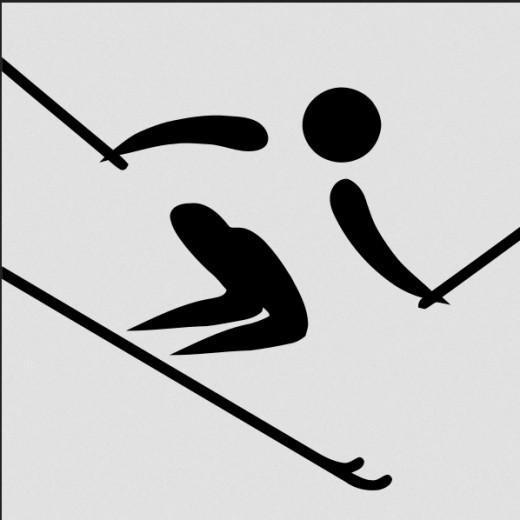
Growing affluence and the introduction of commercial jets provided a boost to ski tourism with people from the British Isles and North America flocking to the Alps, Pyrenees and other ski areas in Europe.
In addition to its mountains, snow, low prices and nearness to the British Isles, Andorra quickly became a popular ski destination. With skiing and the ski industry relatively new in the 1960s Andorra’s new ski resorts needed ski instructors, especially English speaking instructors to cater to the growing number of English speaking tourists.
I suspect that the couple who had taken Ben and Juan into their family were avid skiers who had found Andorra to be an ideal place to engage in their passion for skiing and earn a living at the same time.
Swiss Ski Instructors Encourage Juan and Ben to Try Out for Olympics from the Philippines
Andorra has winters with abundant snow and is surrounded by mountains that are ideal for alpine skiing. Both Ben and his cousin quickly learned to ski, a sport they continued to engage in as their lives took them to Spain, France and Switzerland.
While in Switzerland, the two teenagers came to the attention of a Swiss government funded group that paid for advanced ski training for young people with potential. The training was apparently intense and, as the 1972 Olympics approached, the two were encouraged to try out for the Olympics.
An application was made to the Philippine Olympic Committee and the Committee approved their request to represent the Philippine Republic at the Winter Olympic Games in Sapporo, Japan.
With few, if any, of their fellow countrymen engaged in competitive alpine skiing and no other Philippine alpine skiers applying to represent the Philippine Republic at the games in Sapporo, it is not surprising that the Philippine Olympic Committee approved their request.
However, while the competition for a spot on a tropical nation’s Winter Olympic team may not be as intense as it is in nations with a long winter sports tradition, skill and training is still required. After all, Olympic ski slopes are not bunny hills designed for use by the occasional weekend skier.
The Olympics, both ancient and modern, represent competition between each nation’s best athletes. While there may be differences in the quality of the skills between wealthier nations with a long tradition in a sport and poorer nations with little or no tradition in a particular sport, all contestants are expected to have the same drive and determination to excel.
Living in the snow covered mountains of Europe and with their adoptive parents probably earning a living as ski instructors it is not surprising that Ben and Juan ended up excelling in alpine skiing.
The idea of Juan and Ben going to the Olympics seems to have come from their Swiss instructors in the group that provided their training. The group was obviously focused on training people for the ski industry either as competitors on the ski circuit or instructors.
However, both young men obviously showed great promise and, coming from a nation that had no winter sports, a position representing their homeland in the Winter Olympics was a realistic possibility.
In the space of four years Ben and Juan went from young teenagers who had never seen snow, in the tropical island nation of their birth to world class Winter Olympic skiers.
Ben Nanasca and his cousin Juan Cipriano were the Philippine Republic’s team at the 1972 Winter Olympics in Sapporo, Japan. They both competed in the same two alpine ski events, namely the Men’s Slalom and the Men’s Giant Slalom both of which were held on Mt. Teine.
Slalom and Giant Slalom Alpine Ski Competition
Both the slalom and giant slalom are ski events that require both speed (the fastest speed wins) and precision. While trying to go as fast as possible, the skier is also required to ski between a series of alternating red and blue poles known as gates. Each gate consists of two poles of the same color which the skier has to pass between with both skies.
The gates are not aligned in a straight line and this forces the skier to continually make sharp turns at high speed in order to pass through, rather than around a gate. In men’s events there can be as many as 75 gates. Missing a gate entirely or passing through with one ski inside the gate and one outside a gate results in the skier being disqualified. Even top ranked champion skiers occasionally miss a gate and are disqualified.
The difference between the slalom and the giant slalom is that the slalom course is shorter and steeper as well as having more gates. The giant slalom has slightly fewer gates, is a longer course and the gates are spaced further apart. The result is that the slalom is more difficult as, being steeper, the skier goes faster while the increased number of gates and a shorter distance between them results in both sharper and more frequent turns.
The Men’s Giant Slalom took place first and was held on February 9th and 10th. Each skier skied once on the first day and if they qualified they skied again on the second day.
Each qualifying skier’s day one and day two times were added together for their overall time and each one was ranked in order of their total time with the fastest total time being ranked first and the slowest being ranked last.
Falling during the run resulted in the skier’s time being noted as DNF (for Did Not Finish) and the skier removed from the competition. Skiers who missed and did not pass through the gate or straddled a gate, with one ski going through and the other ski passing outside the gate, was disqualified and had the letters DQ recorded in place of their time.
Ben and Juan Place in First Day of the Giant Slalom
The Men’s Giant Slalom was the first event Ben and Juan competed in at the Sapporo Olympics. The event took place on February 9th and 10th with the first run for each competitor taking place on February 9th.
Both cousins placed on the first day with Ben’s time of 1 minute and 54.59 seconds beating his cousin’s 1 minute and 58 seconds, by 3.41 seconds.
Of the seventy-two who started that first day, a total of fifty-nine finished with the remaining either falling (DNF) or disqualified (DQ).
Juan placed fifty-first and Ben forty-eighth out of the fifty-nine who completed that day.
Juan finished ahead of competitors from Greece, Iran, Lebanon and the Republic of China (Taiwan).
Ben’s speed was faster and he placed ahead of those mentioned above as well as another competitor from Iran and one from Norway.
Further, among those who ended up as DNF and DQ that first day, were skiers from the United States, Canada, France, West Germany, Sweden, Great Britain, Spain and Japan.
The men’s giant slalom is a tough race in which even skiers with more training and experience showed that they could have a bad day. While not in medal category, both Ben and Juan demonstrated that they could compete and come out ahead of many of the world’s best.
Juan Falls While Ben Places in Second Day of Giant Slalom
On day two, February 10th, Juan and Ben were among the 59 competitors who were still in the race. Conditions on the run were more difficult that day resulting in everyone’s speed being a little slower.
Juan was among those who weren’t able to overcome the more difficult conditions that nature had ordained that day. This resulted in his falling and ending up among the eleven DNF and DQs who didn’t place the second day. However, Juan was in good company though as among the others who fell was Erik Håker of Norway who had placed first the previous day with as time of 1 minute and 31.7 seconds.
Ben, however did finish with a time of 2 minutes and 11.61 seconds giving him a total time for the event of 4 minutes and 6.20 seconds. Over all for the Men’s Giant Slalom Ben Nanasca placed 42 out of the 48 who successfully completed the event.
Results for Ben & Juan in Men's Giant Slalom
Name
| Time
| Rank
|
|---|---|---|
DAY 1:
| ||
Ben Nanasca
| 1:54.59
| 48
|
Juan Cipriano
| 1:58.00
| 51
|
DAY 2:
| ||
Ben Nanasca
| 2:11.61
| 48
|
Juan Cipriano
| DNF
| DNF
|
FINAL RESULTS:
| ||
Ben Nanasca
| 4:06.20
| 42
|
Juan Cipriano
| DNF
| DNF
|
Because of his fall on Day 2, Juan did not place and was marked Did Not Finish (DNF) for Day 2 and the Event while Ben did finish with his combined times for the two days of 4 minutes and 6.2 seconds placing him 42nd in the event.
The Men’s Slalom Proves More Challenging
With the Men’s Giant Slalom over the two had a one day break before their second and final event, the Men’s Slalom the first run of which was on February 12th. As noted above, the slalom a faster and more difficult event.
On his first run down the track, Juan fell and was out of the competition. Ben, however, made a successful run with a time of 2 minutes and 7.69 seconds. However, the next day, February 13th, Ben fell and ended up with a DNF for the event.
Despite this being its first entry as a nation and the first time a tropical nation had participated in the Winter Olympics, the team from the Republic of the Philippines not only participated but placed ahead of skiers from Lebanon, Iran, Greece and the Republic of China (Taiwan) in the Men’s Giant Slalom competition. And, by placing 42 out of a total of the total of 72 who started in that event, Ben Nanasca narrowly missed ending up in the top half of the competition.
In the faster and more difficult Men’s Slalom, only 37 of the 72 skiers who started finished successfully and placed. Juan and Ben were among the 35 who either fell and did not finish or were disqualified.
Slalom Skier
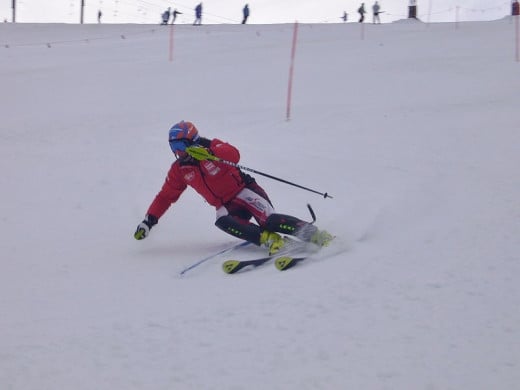
Juan and Ben are Surprised to Find Themselves Hailed as Heroes on their Return to the Philippines
With the Olympics behind them, Juan and Ben returned home to the Philippines rather than going back to Europe.
They had been away from the land of their birth for four years.
It wasn’t until they arrived back in their homeland that they realized the huge thing they had accomplished.
For the past couple of years their focus had been on training to do well in the Olympics.
Upon arrival they saw that what they had accomplished was more than simply the opportunity to participate in the Olympics. They discovered that they had not only been the first Winter Olympians from the Philippines but had also made the Philippines the first tropical nation to have a team participate in the Winter Olympics.
They were famous and their pictures were on billboards all over the country.
Have You Ever tried Alpine or Cross Country Skiing?
Life After the Olympics
Now entering adulthood and with the Olympics and the whirlwind of change from the past four years behind them, Juan and Ben had to figure what to do with the rest of their lives.
In his 2012 interview cited above with the East and Bays Courier, Ben Nanasca stated that, following the Olympics, he was so burned out that he hated skiing and gave it up which was easy to do now that he was back in the tropics.
Thanks to the Olympics both men had found fame and success at an early age. But they still had their lives ahead of them. Ben, at age 18 decided that he could find better opportunities abroad and applied to immigrate to New Zealand. Juan apparently felt the same way and ended up moving to Australia where he now lives.
In New Zealand Ben trained and became a teacher but, after working in a classroom for a year, realized that his passion was working outdoors rather than indoors. So he left teaching and found a job with Youthtown, a non-profit organization that provides programs and workshops for young New Zealanders.
Ben has spent his career at Youthtown working with the young in New Zealand teaching them the joys of outdoor activities including skiing which he resumed after moving to New Zealand.
Ben is married and he and his wife have two daughters, Karen and Alana.
The older daughter, Karen, is a member of the Australian Ballet Company in Melbourne and was a 2011 nominee for Australian ballet’s prestigious Telstra Ballet Dancer Award.
Their younger daughter, Alana, graduated from the Australian Ballet School in 2012 and, like her older sister is pursuing a career in ballet.
While both men gave up competitive skiing years ago they still enjoy skiing as recent videos Juan has posted on his Facebook page showing the two men and their families enjoying a ski outing during a visit by Juan to New Zealand.
Men's Slalom at 1972 Sapporo Olympics
© 2014 Chuck Nugent




